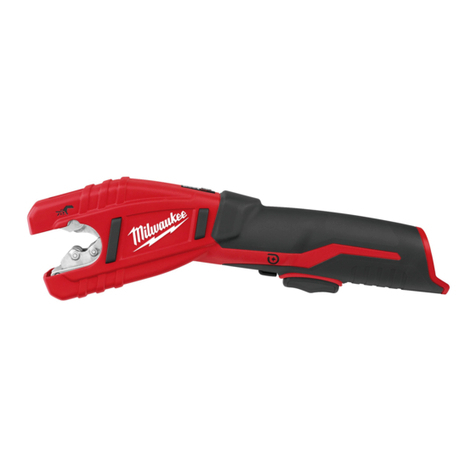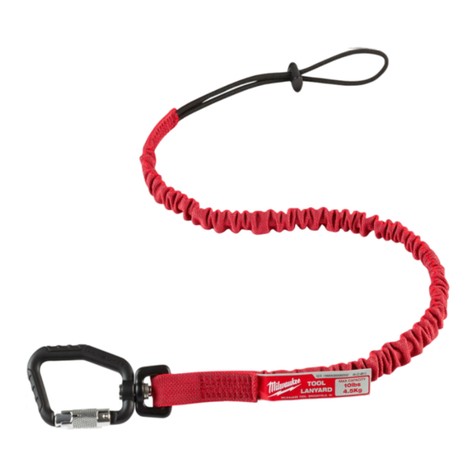Milwaukee M18 BP User manual
Other Milwaukee Tools manuals

Milwaukee
Milwaukee M18 2676-20 User manual

Milwaukee
Milwaukee M12 FUEL 2409-20 User manual

Milwaukee
Milwaukee M18BLHPT-0 User manual

Milwaukee
Milwaukee M18 AL User manual
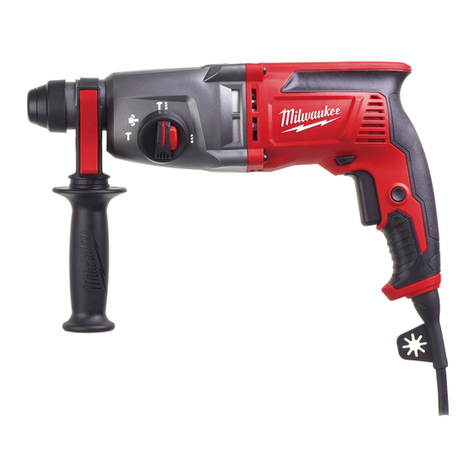
Milwaukee
Milwaukee PFH 26 User manual
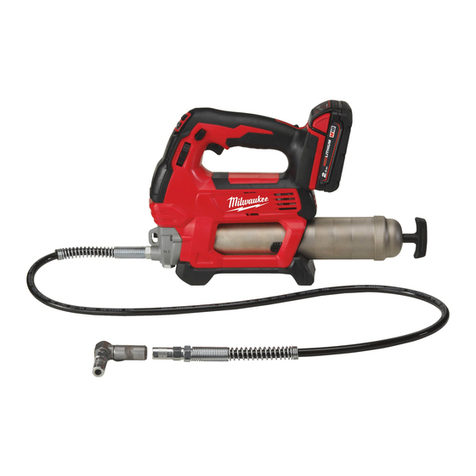
Milwaukee
Milwaukee M18 GG User manual

Milwaukee
Milwaukee M18 FPT114 User manual
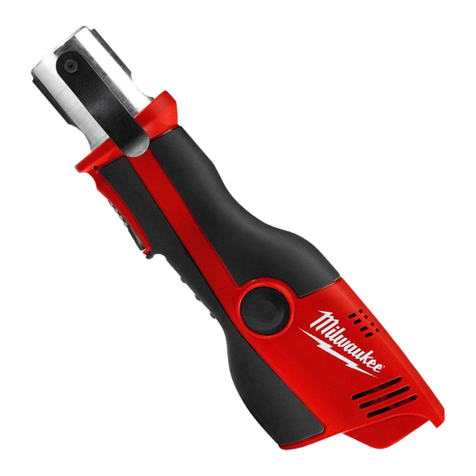
Milwaukee
Milwaukee M12HPT-0 User manual

Milwaukee
Milwaukee M18 FIW212 User manual
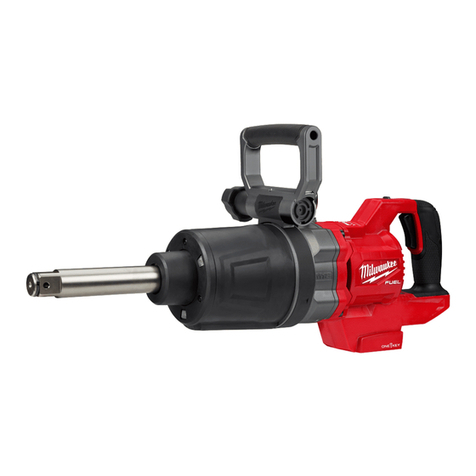
Milwaukee
Milwaukee M18 ONEFHIWF1D User manual
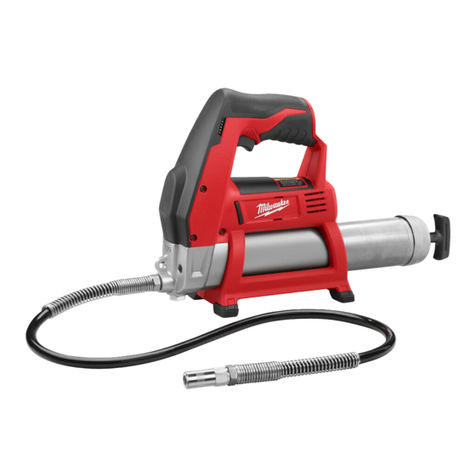
Milwaukee
Milwaukee M12 Fuel User manual

Milwaukee
Milwaukee HEAVY DUTY TRB 1 User manual

Milwaukee
Milwaukee 48-35-1511 User manual
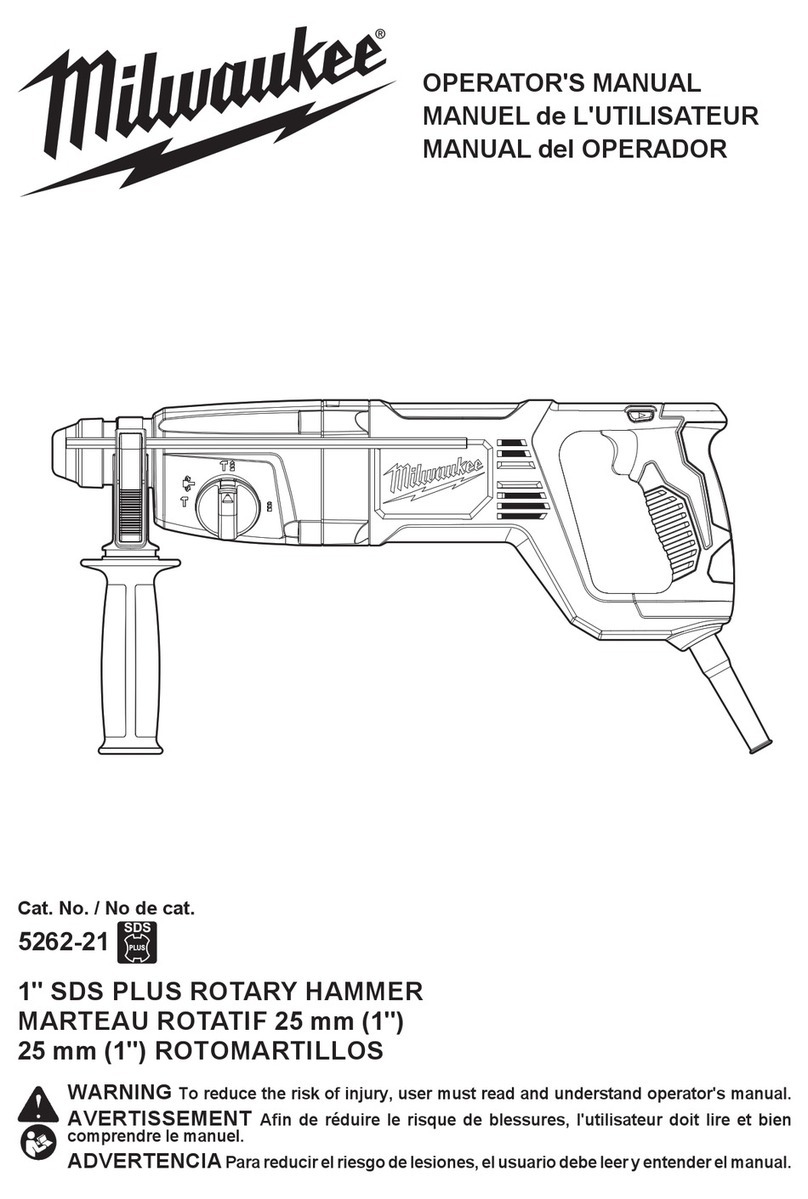
Milwaukee
Milwaukee 5262-21 User manual

Milwaukee
Milwaukee M12 BPRT User manual
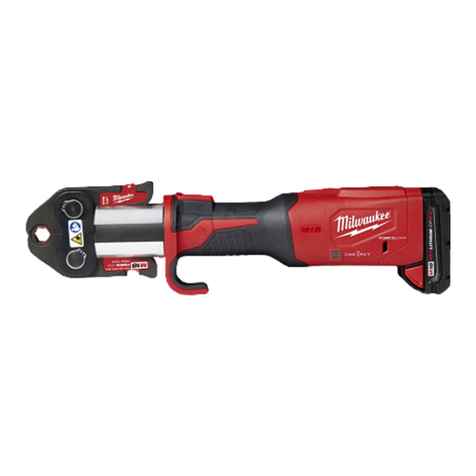
Milwaukee
Milwaukee M18 FORCE LOGIC 2922-20 User manual

Milwaukee
Milwaukee M18 User manual

Milwaukee
Milwaukee 2461-20 User manual

Milwaukee
Milwaukee M12 FRAIWF38 User manual

Milwaukee
Milwaukee HEAVY DUTY M28 WL User manual
